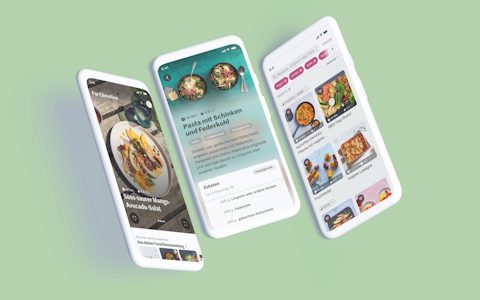AI in practice: what we have learned so far
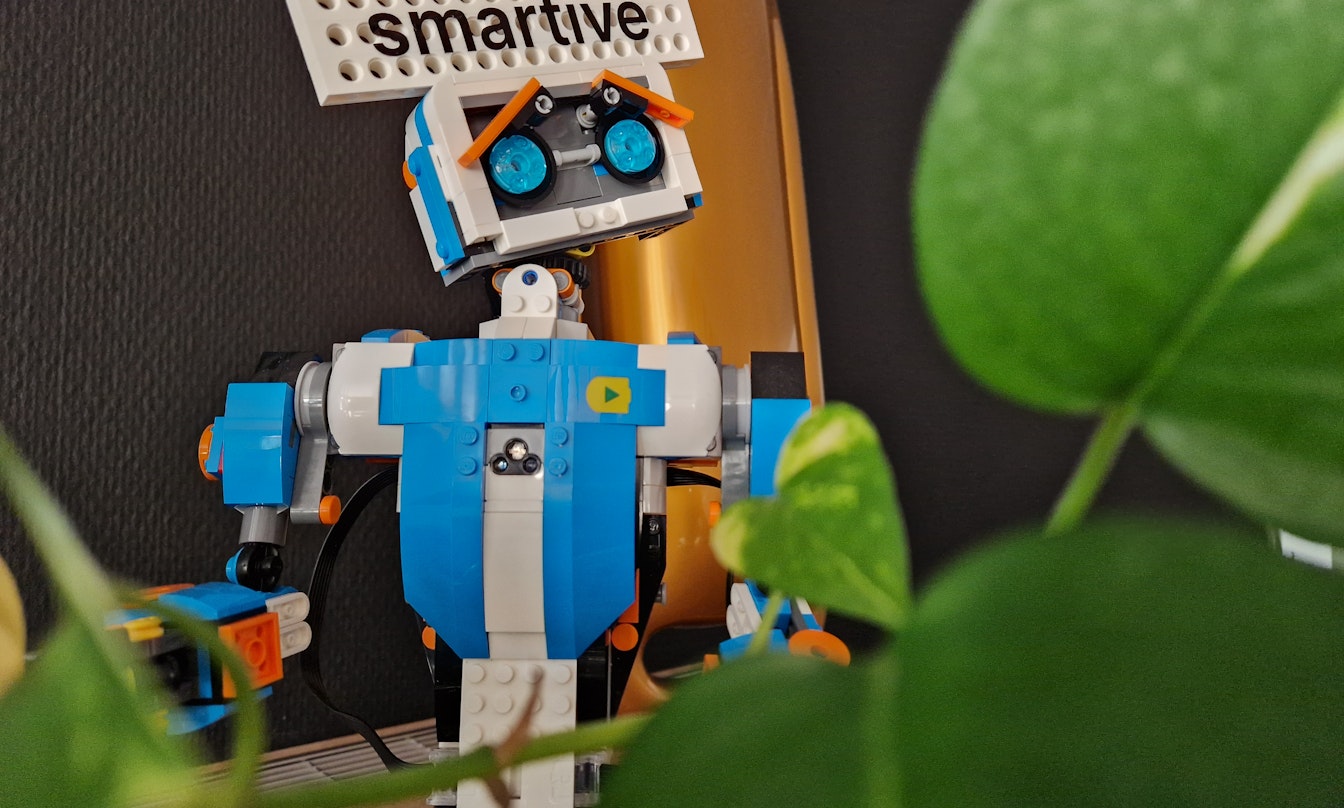
Since ChatGPT, the AI sector has been going from strength to strength. We have also included AI in our toolkit to help ourselves and our customers in a wide variety of situations. What have we learned?
The year is 2021 and at the Digital Festival we are presenting a simple image recognition app that works with a basic machine learning model. A nice gimmick that shows how you can teach an app to recognize everyday objects with a few tricks. The wow effect is there, but it is also clear that we are only at the beginning.
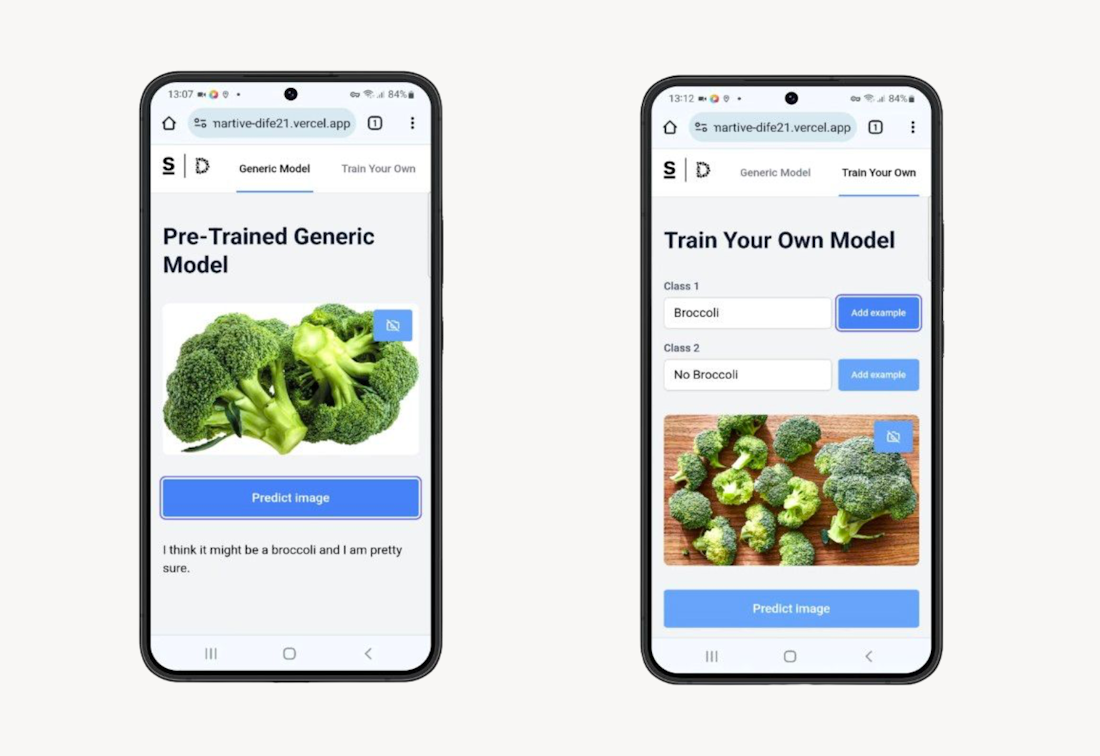
The real breakthrough comes at the end of 2022: ChatGPT. Suddenly everyone is talking about AI. This was made possible by Transformer models - the little magical helper in the background. Transformers make it possible to perform parallel calculations and understand complex relationships in text. The result? An AI model that not only listens, but also responds intelligently. Impressive, isn't it?
Since then, the field of AI has gone from strength to strength, and we have also added AI to our toolkit to help ourselves and our customers in a wide variety of situations. What have we learned?
Only train your own models if it is really worthwhile
Training your own AI model, known as fine-tuning, is quite complex. Resources, data, computing power - everything has to fit, otherwise it becomes expensive and inefficient. In the initial phase, it is often much more worthwhile to develop a good search using your own data.
Our experience with the internal chatbot "Smarta" has shown exactly that. Smarta uses Retrieval Augmented Generation (RAG) to find the right information. Instead of training its own model, Smarta searches through existing documents and provides precise answers. This saves time and nerves. As a bonus, we always benefit directly from new, more powerful AI models as soon as they become available.
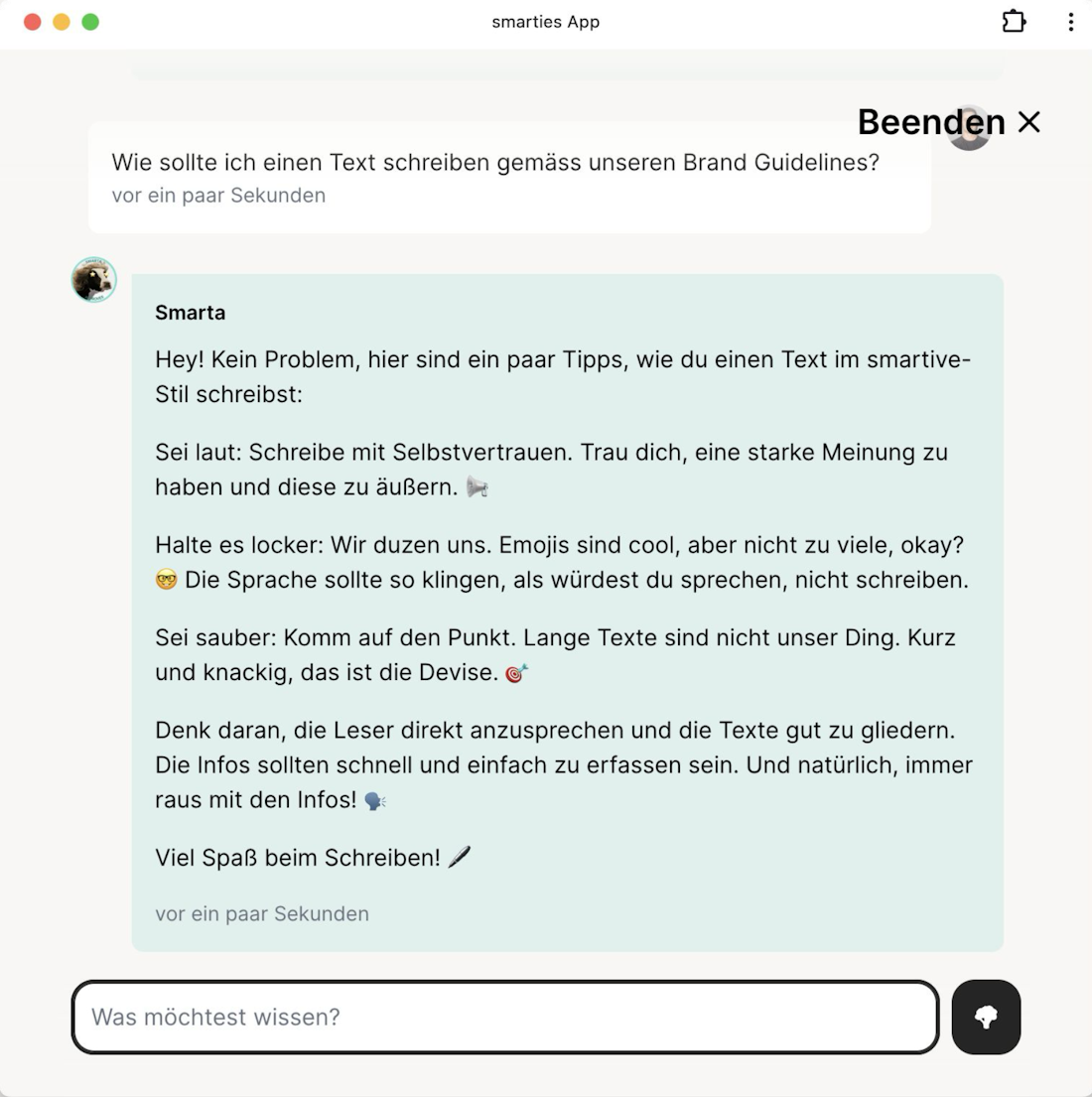
The big AI models know (almost) everything - and that's a problem
AI models such as GPT-4 or Llama 3 are trained to integrate as much knowledge as possible from many sources. That sounds good, but what happens if the AI answers even when it doesn't actually know or isn't allowed to know anything specific? This is precisely where the challenge lies.
We have learned that clear prompting is very important in order to define the scope of tasks and guard rails for the AI. User input should also be restricted to prevent the advice bot from suddenly solving math homework in the online store. In critical cases, a second AI can also be used to check the result of the first AI for important criteria. This ensures that the answers are not only correct, but also relevant and comprehensible.
Text-based chatbots often offer a lousy user experience
Do you know what it's like: You click through an endless conversation with a chatbot and still don't get a useful answer at the end? Or you see this empty text field in front of you and have no idea where to start? That's exactly what we want to prevent. With generative UIs, we can offer a much better experience. We don't use AI to generate text-based answers, but traditional but relevant UIs.
A good example is our "findhelp" chatbot, which helps people in difficult situations. Instead of long text answers, it provides a clear list of offers that can be filtered directly. This saves frustration and gets users to their destination faster.

The problem comes before the solution
AI should not be a panacea that can be applied to every problem or built into every application. First, a problem must be identified and understood.
At Migipedia, we had the problem that the number of product reviews was almost impossible to make sense of. We tested various solutions such as filters and sorting - without much success. It was only through the use of AI that we were able to develop a good summary of the reviews that provided users with the essential information without overwhelming them. A good AI solution starts with a clear problem.
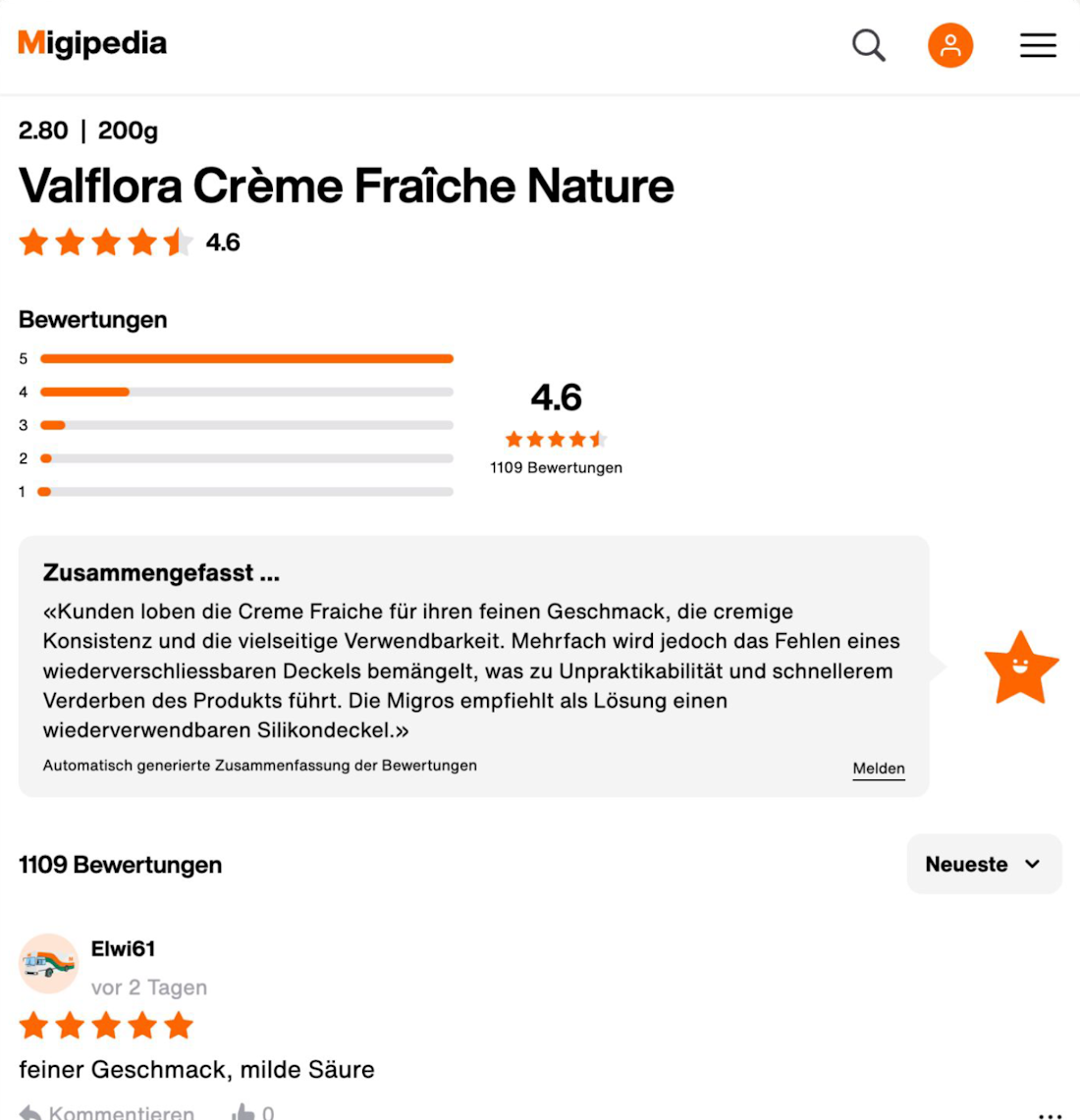
AI excels with large, unstructured data volumes
One of the biggest advantages of AI is the handling of unstructured data. Texts, audio, videos - all of these can be made more accessible through AI. One example is our internal "Smart Talks" for employees, where presentations are automatically summarized. An audio recording is automatically turned into a short blog post that everyone can easily read. This saves time and ensures that knowledge is passed on without anyone having to laboriously write notes.

Conclusion
AI is a tool that offers many possibilities. But as with any tool, it must be used correctly. Our experience shows that it is often a matter of finding pragmatic solutions - be it through clever searches, a clear user experience or simply avoiding superfluous effort.
Start with the problem you want to solve and then check whether AI is really the best approach. Because at the end of the day, it's about creating real added value.

Written by
Mirco Strässle



